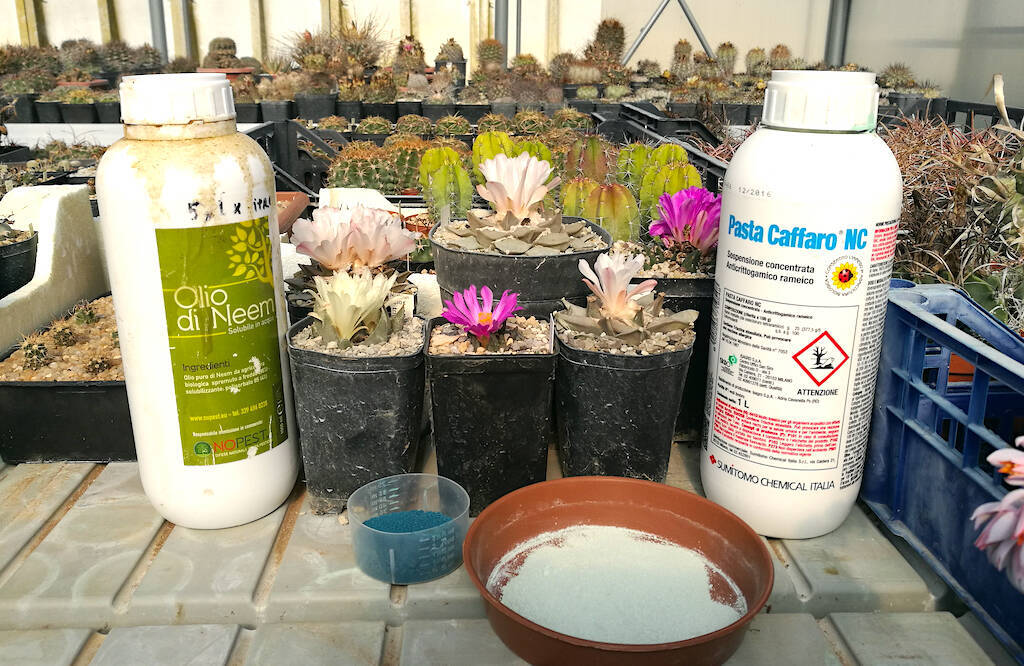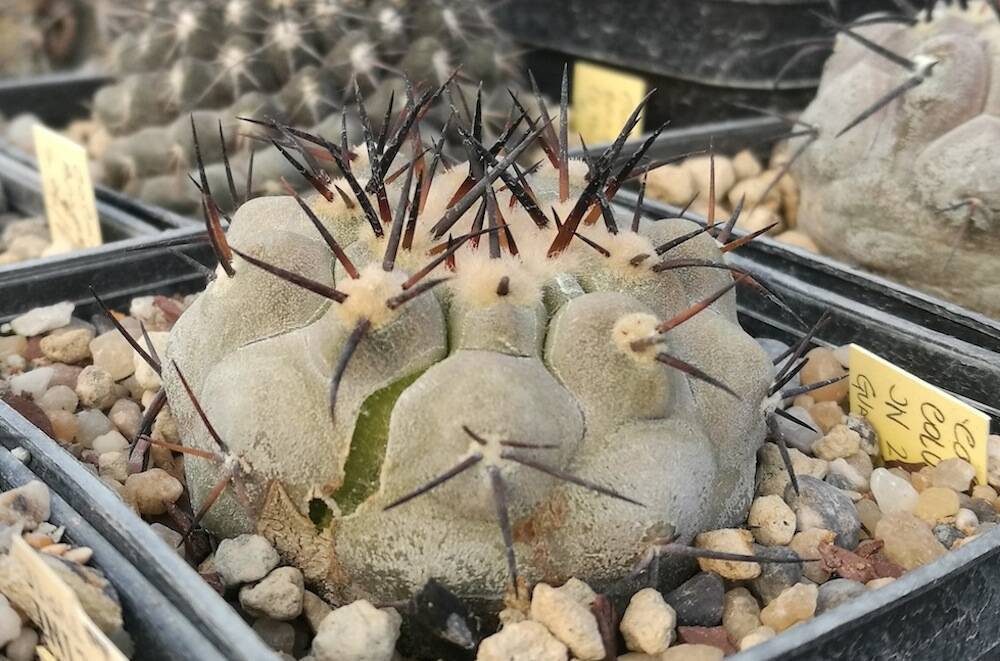Many cactus and succulent enthusiasts are convinced that the cultivation of these plants necessarily involves the use of chemical products against diseases and parasites. Others consider the use of these products simply as a component of cultivation to be used in certain cases; still others are not too subtle and at the cost of having healthy plants are willing to destroy their lungs, massacre bees and poison the environment. Talking to them is as useful as trying to convince an agoraphobic to take a walk in a desert. But these people, after all, grow for collection and not for love of Nature or a sincere passion for plants. This article, the result of my personal experience and therefore not to be considered as a “lesson” in an absolute sense, may be useful to everyone else. The experience has led me to drastically reduce the use of so-called “phytopharmaceuticals” or “phytosanitary products” (which do not include fertilizers), especially toxic and synthetic ones. I have undertaken this path for some years now for reasons of health protection (mine first and foremost) and the surrounding environment, considering that many pesticides have, among the various side effects, that of killing bees. The issue relating to the death of bees may seem of little importance to the uninformed, but in reality it has enormous importance on a global level from an environmental point of view.
Let’s see in this article how it is possible to reduce the use of pesticides and fungicides, limit ourselves to products with low environmental impact such as Neem oil and copper oxychloride and still have strong and healthy cacti and succulents. (…)
Per proseguire nella lettura dell'articolo Accedi o Abbonati
To continue reading the article LogIn or Subscribe




